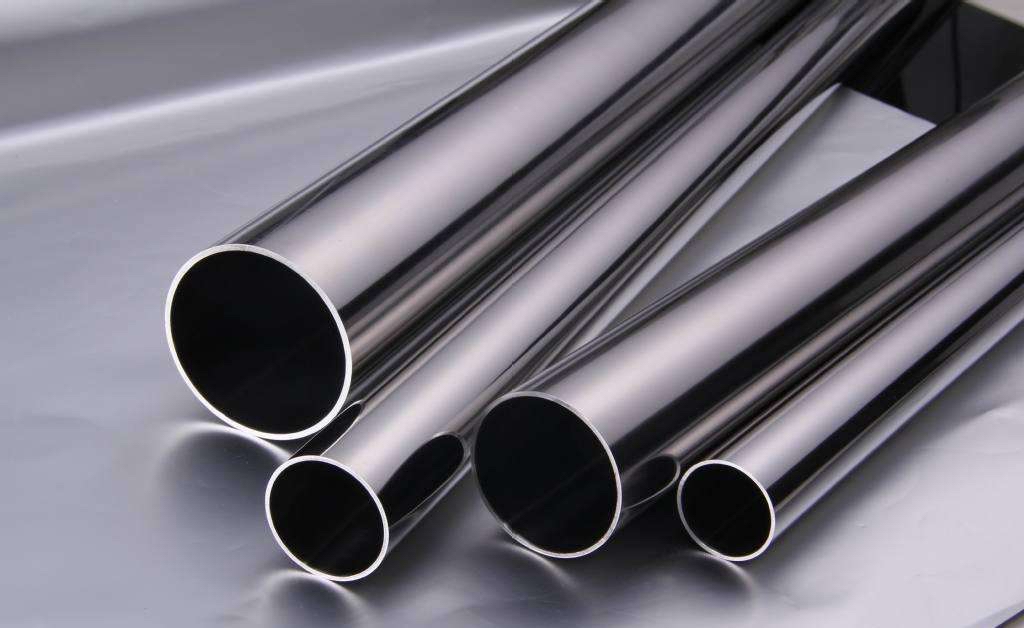The development of steel pipe production technology began with the rise of the bicycle manufacturing industry, the early 19th-century development of petroleum, the manufacturing of ships, boilers, and aircraft during the two World Wars, the post-World War II production of power boilers, the development of the chemical industry, and the drilling, extraction, and transportation of oil and natural gas. All of these factors have strongly driven the development of the steel pipe industry in terms of variety, production volume, and quality. Generally, steel pipes are classified into two types based on production methods: seamless steel pipes and welded steel pipes. This time, I’ll focus on introducing welded steel pipes.
Welded steel pipes, also known as seamed steel pipes, are produced by bending and forming pipe blanks (steel plates and steel strips) into the required cross-sectional shape and size of the tube through various shaping methods. The process involves welding the seam using different welding methods to obtain the steel pipe. Compared to seamless steel pipes, welded pipes have the advantages of high product precision, especially in terms of wall thickness precision, simple main equipment, small footprint, continuous production capability, flexibility in production, and a wide range of product specifications for the unit.
And, from the perspective of production processes, welded pipes are further classified into:
1.Spiral Submerged Arc Welding Pipe (SSAW)
2.Longitudinally Submerged Arc Welding Pipe (LSAW)
3.Electric Resistance Welding Pipe (ERW)
The production process of spiral steel pipes is roughly as follows:
1.Raw Materials: The raw materials for spiral steel pipes include steel coils, welding wire, and flux.
2.Pre-Forming: Before forming, the steel strip undergoes straightening, edge cutting, edge planing, surface cleaning, conveying, and edge bending treatment.
3.Weld Gap Control: A welding gap control device is employed to ensure that the welding gap meets the welding requirements. The pipe diameter, misalignment, and welding gap are all strictly controlled.
4.Quality Inspection: After cutting into individual steel pipes, the first three pipes in each batch undergo a rigorous initial inspection. This inspection includes checking the mechanical properties of the weld, chemical composition, fusion condition, surface quality of the steel pipe, and non-destructive testing to ensure that the pipe manufacturing process is qualified before formally entering production.
Details about Longitudinally Submerged Arc Welding Pipe (LSAW)
As for Longitudinally Submerged Arc Welding Pipe (LSAW), it generally uses steel plates as raw materials. Through different forming processes, it undergoes double-sided submerged arc welding and post-weld expansion processes to create welded pipes.
The main equipment includes edge milling machine, pre-bending machine, forming machine, pre-welding machine, and expanding machine. The forming methods of LSAW pipes include UO (UOE), RB (RBE), JCO (JCOE), among others. In the UOE process, the steel plate is first pressed into a U shape, then into an O shape within the forming mold, and subsequently undergoes internal and external submerged arc welding. After welding, it is usually expanded at the ends or over the entire length, referred to as UOE welded pipe; if not expanded, it is called UO welded pipe.
In the RB process, the steel plate is roll-bent into shape and then undergoes internal and external submerged arc welding. After welding, it may be expanded (RBE welded pipe) or not expanded (RB welded pipe).
In the JCOE process, the steel plate is shaped in the order of J-type, C-type, and O-type, and after welding, it is expanded to form JCOE welded pipe, or it remains unexpanded, called JCO welded pipe.
UOE Longitudinally Submerged Arc Welding Pipe Forming Process:
The UOE Longitudinally Submerged Arc Welding Steel Pipe forming process includes three main shaping processes: pre-bending of the steel plate edge, U forming, and O forming. Specialized forming pressure machines are used for each process, sequentially completing the pre-bending of the steel plate edge, U forming, and O forming to deform the steel plate into a circular tube.
JCOE Longitudinally Submerged Arc Welding Pipe Forming Process:
Forming: Through multiple steps of step-by-step stamping on the JCO forming machine, first, half of the steel plate is pressed into a “J” shape, then the other half of the steel plate is pressed into a “J” opening, forming a “C” shape. Finally, pressure is applied from the middle to form an open “O” shaped pipe blank.
Comparison between JCO and UO Forming Methods:
JCO Forming:
JCO forming is a progressive pressure forming method that transforms the shaping process of the steel pipe from the two steps of UO forming into multiple steps. During the forming process, the steel plate deforms uniformly, resulting in low residual stress, and the surface remains free from scratches. Processed steel pipes have greater flexibility in terms of diameter and wall thickness size specifications, allowing for the production of both large quantities and small batches. This method can produce large-diameter, high-strength, thick-walled steel pipes, as well as small-diameter, thick-walled steel pipes. It has unparalleled advantages, especially in the production of high-grade thick-walled pipes, particularly in small to medium diameters. It can meet a variety of user specifications. The investment required is lower, but the production efficiency is relatively lower, with a general annual output of 100,000 to 250,000 tons.
UO Forming:
UO forming involves U and O forming in two steps. Its characteristics include high capacity and high output, with an annual production reaching 3 to 10 million tons, making it suitable for large-scale production of a single specification. However, the investment required is substantial, making it challenging for many developing countries to afford.
Details about Electric Resistance Welding Pipe (ERW)
Electric Resistance Welding Pipe (ERW) is produced by shaping hot-rolled coils through a forming machine. It utilizes the skin effect and proximity effect of high-frequency electric currents to heat and melt the edges of the pipe blank. Under the action of squeezing rolls, pressure welding is performed to achieve the production process.

